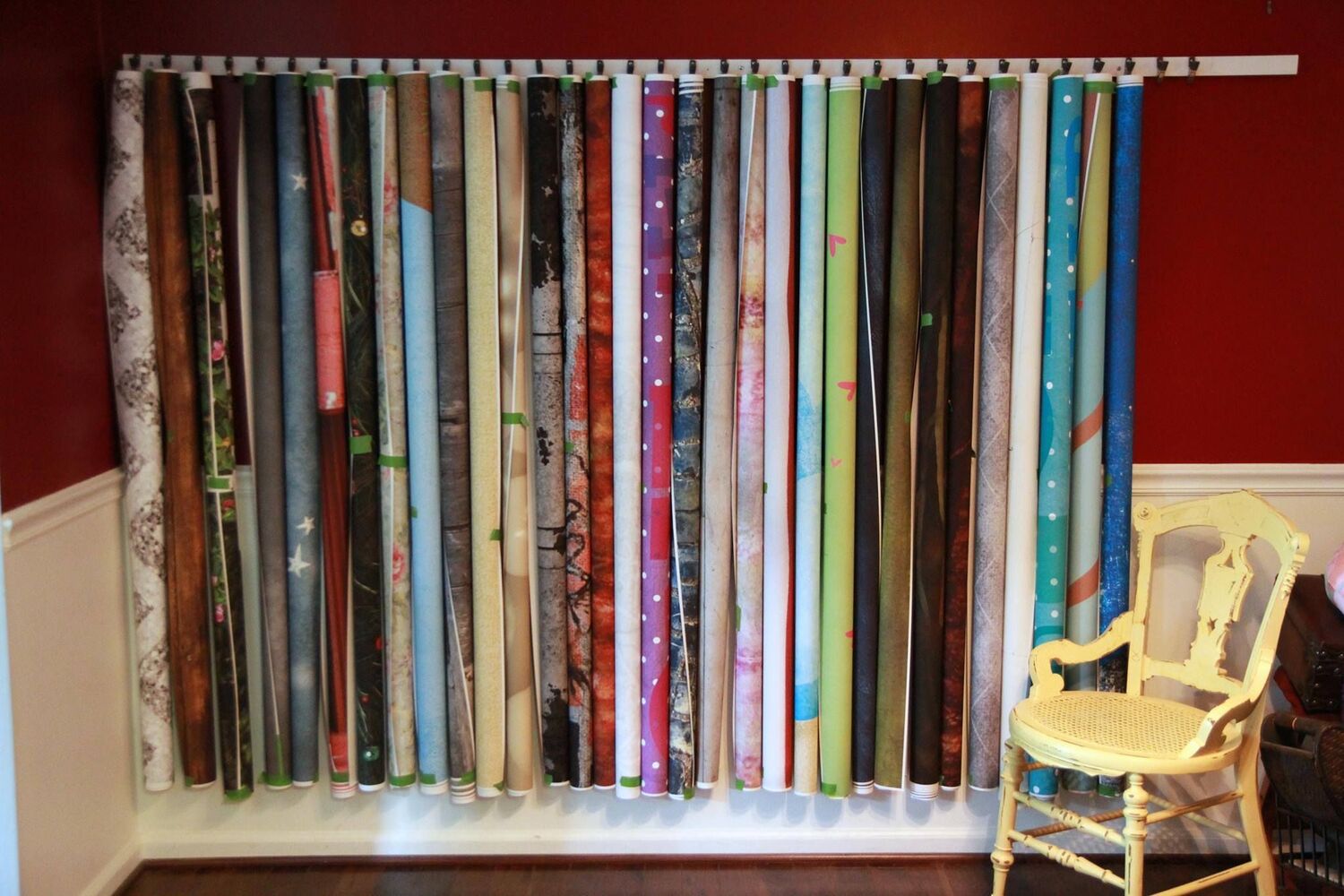

Articles
How To Store Backdrops
Modified: February 28, 2024
Discover the best techniques for storing your photography backdrops with our informative articles. Keep your backdrops safe and organized for future use!
(Many of the links in this article redirect to a specific reviewed product. Your purchase of these products through affiliate links helps to generate commission for Storables.com, at no extra cost. Learn more)
Introduction
When it comes to photography or videography, having a variety of backdrops can significantly enhance the visual appeal of your work. From solid colors to intricate patterns, backdrops provide the versatility needed to create stunning and captivating images. However, storing these backdrops properly is crucial to ensure their longevity and maintain their pristine condition.
In this article, we will discuss the importance of choosing the right backdrop storage solution and provide practical tips for storing backdrops effectively. Whether you are a professional photographer with a dedicated studio space or an enthusiast working from a small home setup, these guidelines will help you keep your backdrops organized, protected, and easily accessible.
By implementing a few simple strategies, you can ensure that your backdrops remain in excellent condition, ready for use whenever creativity strikes. So let’s dive in and explore the best practices for storing backdrops!
Key Takeaways:
- Properly storing backdrops is essential for maintaining their quality and longevity. Choose the right storage solution, clear the storage area, and implement effective labeling and organization strategies to protect your backdrops from dust, damage, and environmental factors.
- Storing backdrops in a climate-controlled environment is ideal for preserving their pristine condition. Control temperature and humidity, use protective covers, and regularly monitor the storage area to ensure your backdrops remain in excellent condition, ready for use whenever inspiration strikes.
Read more: How To Store Photo Backdrops
Choosing the Right Backdrop Storage Solution
Before you begin storing your backdrops, it is essential to select the right storage solution that suits your needs. Here are a few options to consider:
- Backdrop Storage Bags: These specialized bags are designed to hold and protect backdrops. They usually feature interior compartments or dividers to prevent backdrops from rubbing against each other, minimizing the risk of damage. Look for bags made from durable materials and with adjustable straps or handles for easy transportation.
- Backdrop Storage Tubes: If you have rollable backdrops, invest in storage tubes to keep them safe and wrinkle-free. These tubes are typically made from sturdy materials such as PVC or cardboard, and they come in various sizes to accommodate different backdrop widths. Remember to label each tube for easy identification.
- Backdrop Racks or Hangers: If you have ample space in your studio or storage area, consider investing in backdrop racks or hangers. These provide a convenient and organized way to store backdrops vertically, minimizing creases and wrinkles. Look for racks or hangers with adjustable height options to accommodate different backdrop lengths.
Depending on your storage space and budget, you can choose a combination of these storage solutions to meet your specific needs. Remember to consider factors such as the size of your backdrops, the frequency of use, and the available storage space when making your decision.
Once you have chosen your preferred storage solution, it’s time to prepare the storage area and ensure it is clean and conducive to keeping your backdrops in pristine condition.
Clearing the Storage Area
Before you start storing your backdrops, it’s important to clear and prepare the storage area. Here are some steps to follow:
- Remove any clutter: Clear out any unnecessary items from the storage area to create space for your backdrops. This will help you maintain an organized and efficient storage system.
- Clean the storage area: Dust and dirt can accumulate over time, so make sure to thoroughly clean the storage area before placing your backdrops. Sweep the floor, wipe down surfaces, and remove any cobwebs or debris. A clean storage area will help prevent any dirt or particles from settling on your backdrops.
- Check for moisture or humidity: Moisture and humidity can damage your backdrops. Ensure that the storage area is dry and well-ventilated. Consider using a dehumidifier or moisture-absorbing products to maintain optimal conditions.
- Inspect for pests: Check for any signs of pests such as rodents or insects. They can chew or nest in your backdrops, causing irreparable damage. Take necessary measures to prevent pests from accessing the storage area, such as sealing cracks or using pest repellents.
By clearing and preparing the storage area, you create a clean and suitable environment to keep your backdrops safe. With your storage area ready, you can now move on to storing your backdrops.
Rolling Backdrops
If you have rollable backdrops, learning how to roll and store them properly is crucial for preserving their condition. Follow these steps for storing rollable backdrops:
- Prepare the backdrop: Start by removing any accessories or attachments from the backdrop, such as clips or hooks. Make sure the backdrop is clean and free from any wrinkles or creases.
- Roll the backdrop: Begin by rolling the backdrop tightly and evenly from one side to the other. Start at one end and continue rolling until you reach the other end. Keep the roll as tight and smooth as possible to minimize creases.
- Secure the roll: Once you have rolled the backdrop, use adjustable straps or elastic bands to secure the roll. This will prevent the backdrop from unraveling and help maintain its shape during storage.
- Label the roll: It’s important to label each roll with identifying information, such as the backdrop color or pattern. This will make it easier to locate specific backdrops when needed without having to unroll and inspect each one.
- Store vertically: Store the rolled backdrops vertically in dedicated storage tubes or racks. This will prevent the weight of other backdrops from causing damage or deformities to the rolled backdrop. Make sure the storage area is stable and secure, so there is no risk of the backdrops falling or becoming damaged.
Properly rolling and storing your backdrops will help prevent creases and wrinkles, ensuring that they are in perfect condition when you’re ready to use them. If you have backdrops that are not rollable, such as fabric backgrounds, you can fold them for storage instead.
Folding Backdrops
If you have backdrops that are not rollable, such as fabric backgrounds, properly folding and storing them is essential to prevent creases or damage. Follow these steps for folding backdrops:
- Prepare the backdrop: Ensure that the backdrop is clean and free from any attachments or accessories. Smooth out any wrinkles or creases by gently stretching or ironing the fabric if necessary.
- Determine the folding technique: Different folding techniques work best for different sizes and types of backdrops. The most common folding techniques are tri-fold and accordion fold.
- Tri-fold: Lay the backdrop flat on a clean surface. Fold one end of the backdrop towards the center, then fold the other end over the first fold, creating three equal sections. Smooth out any wrinkles as you fold.
- Accordion fold: Lay the backdrop flat on a clean surface. Start by folding one end towards the center, then fold the opposite end towards the first fold. Continue folding the backdrop in an accordion-like pattern, making sure to keep the folds neat and even.
- Secure the fold: Once you have folded the backdrop, use clips or fasteners to secure the folds in place. This will help maintain the shape of the folds and prevent the backdrop from unfolding during storage.
- Label the folds: Similar to rolling backdrops, it is important to label each fold with identifying information. This will make it easier to locate specific backdrops without having to unfold and inspect each one.
- Store vertically or flat: Depending on the available storage space, you can store the folded backdrops vertically in designated storage bins or horizontally on shelves. Just make sure to stack them carefully, with the labeled side facing outward for easy identification.
By following these folding techniques and storing the backdrops properly, you can prevent creases, keep the fabric in pristine condition, and ensure that they are ready for use whenever you need them.
Store backdrops by rolling them onto a sturdy tube to prevent creases and damage. Label the outside of the roll for easy identification. Keep them in a dry, cool place to avoid moisture and heat damage.
Read more: How To Make A Grass Backdrop
Proper Labeling and Organization
Effective labeling and organization are essential for easy access to your backdrops. Follow these tips to ensure your backdrops are properly labeled and organized:
- Use clear and visible labels: Label each storage bag, tube, or folded backdrop with a clear and visible tag. Include information such as the color, pattern, or any other identifying details that will help you locate the desired backdrop quickly.
- Create a catalog or inventory list: Develop a catalog or inventory list that includes all the backdrops you own. This will serve as a reference tool to track what you have and where each backdrop is stored. Update the catalog whenever you add or remove backdrops from your collection.
- Arrange backdrops by category or theme: Group your backdrops based on categories or themes. For example, you might have a section for solid colors, another for patterns, and separate sections for seasonal or special occasion backdrops. This organization system will make it easier to find the backdrop you need for a specific project.
- Consider color-coding: If you have a large collection of backdrops, color-coding can be a helpful organizational tool. Assign a specific color to each category or theme and use colored tags or labels to easily identify and locate backdrops within each group.
- Utilize storage bins or shelves: Invest in storage bins or shelves to keep your backdrops neatly organized. Use individual bins for smaller backdrops or categorize larger backdrops on different shelves. Make sure the storage area is stable and secure, minimizing the risk of backdrops falling or becoming damaged.
- Maintain order and cleanliness: Regularly review and organize your backdrop storage area to maintain order and cleanliness. Remove any backdrops that are no longer in use or in good condition, and ensure that the remaining backdrops are neatly arranged and easily accessible.
By implementing proper labeling and organization techniques, you can create a streamlined system that allows you to quickly locate and retrieve the perfect backdrop for your next creative project.
Protecting Backdrops from Dust and Damage
Keeping your backdrops protected from dust and potential damage is essential to maintain their quality and extend their lifespan. Follow these tips to ensure your backdrops are well-protected:
- Store backdrops in protective covers: When not in use, place your backdrops in protective covers such as plastic or fabric sleeves. These covers will shield the backdrops from dust and dirt, preventing them from settling on the fabric.
- Avoid direct sunlight: Prolonged exposure to direct sunlight can fade and damage the colors and patterns of your backdrops. Store your backdrops in a dark or dimly lit area, away from windows or any other sources of direct sunlight.
- Handle with clean hands: Before handling your backdrops, wash and dry your hands thoroughly. This helps prevent any dirt, oils, or moisture from transferring to the fabric, which could potentially cause stains or damage over time.
- Keep backdrops away from liquids and food: Accidental spills or exposure to liquids can stain or damage your backdrops. Store them away from areas where liquids are frequently used or consumed, such as kitchens or bathrooms.
- Regularly clean your storage area: Dust and dirt can accumulate over time in your backdrop storage area. Regularly clean the space to minimize the presence of these particles, reducing the risk of them settling on your backdrops.
- Inspect backdrops periodically: Take the time to inspect your backdrops periodically for any signs of damage, such as tears or loose threads. If you notice any issues, address them promptly to prevent further damage or deterioration.
- Consider climate-controlled storage: If you live in an area with extreme temperatures or humidity, consider storing your backdrops in a climate-controlled environment. This will help protect the fabric from shrinking, expanding, or becoming moldy due to unfavorable environmental conditions.
By following these protective measures, you can ensure that your backdrops remain in excellent condition, ready to enhance your photography or videography projects whenever you need them.
Storing Backdrops in a Climate-Controlled Environment
Creating a climate-controlled environment for storing your backdrops is an ideal way to protect them from extreme temperatures, humidity, and other environmental factors that can cause damage. Here are some tips for storing backdrops in a climate-controlled environment:
- Choose a suitable storage location: Select a storage area that offers climate control, such as a temperature-regulated room or a dedicated storage unit with HVAC systems. This will help maintain a consistent and optimal environment for your backdrops.
- Control temperature and humidity: Ideally, the temperature should be between 60 to 75 degrees Fahrenheit (15 to 24 degrees Celsius), with humidity levels ranging from 40% to 50%. Excessive heat or cold, as well as high humidity, can cause fabric backdrops to deteriorate or develop mold and mildew.
- Use dehumidifiers and air conditioners: Install dehumidifiers and air conditioners in the storage area to regulate humidity levels and prevent moisture buildup. These devices help remove excess moisture from the air, reducing the risk of mold and mildew growth on your backdrops.
- Avoid storing near vents or direct airflow: While climate control is essential, ensure that the backdrops are not placed directly in the path of vents or airflow. Excessive airflow can cause the fabric to move and rub against other backdrops, potentially causing damage or creases.
- Monitor and maintain the environment: Regularly monitor the temperature and humidity levels in the storage area using a digital thermometer or a hygrometer. Make necessary adjustments to the climate control systems as needed to maintain a stable and optimal environment for your backdrops.
- Implement proper ventilation: Ensure that the storage area has adequate ventilation to promote air circulation. This helps prevent stale air and reduces the risk of odors or the buildup of harmful substances in the storage space.
- Check for leaks or water damage: Regularly inspect the storage area for any signs of leaks or water damage. Address any issues promptly to prevent moisture from entering the storage space and potentially damaging your backdrops.
Storing your backdrops in a climate-controlled environment provides peace of mind, knowing that they are protected from environmental factors that can compromise their quality. By taking these precautions, you can ensure that your backdrops remain in excellent condition and ready for use whenever inspiration strikes.
Tips for Long-Term Storage of Backdrops
If you need to store your backdrops for an extended period, it’s important to follow these tips to ensure they remain in excellent condition:
- Clean and dry the backdrops: Before storing your backdrops, make sure they are clean and completely dry. Any dirt or moisture left on the fabric can cause stains, mold, or mildew during long-term storage.
- Use acid-free tissue paper: If you need to fold your backdrops for storage, place acid-free tissue paper between the folds. This helps prevent the adhesive coatings or dyes from coming into contact with each other, reducing the risk of damage or color transfer.
- Avoid storing in plastic bags: While plastic bags may provide temporary protection, avoid storing your backdrops in them for long periods. Plastic bags can trap moisture, leading to mold and mildew growth. Instead, opt for breathable fabric or acid-free paper covers.
- Regularly inspect and refold: Periodically check your stored backdrops to ensure they remain in good condition. Refold them along different creases each time to prevent permanent creasing or weak spots in the fabric.
- Protect from pests: Take precautions to protect your backdrops from pests such as insects and rodents. Consider using natural pest deterrents like cedar chips or mothballs in the storage area to prevent any potential damage.
- Avoid sharp objects and heavy items: Keep sharp objects or heavy items away from your stored backdrops. These can cause tears, punctures, or deformation of the fabric if they come into contact with the backdrops.
- Rotate your backdrops: To prevent long-term exposure to pressure points, periodically rotate the position of your stored backdrops. This ensures even distribution of weight and reduces the risk of permanent creases or damage to specific areas of the fabric.
- Maintain a stable storage environment: Continuously monitor the storage area’s temperature, humidity, and ventilation to ensure a stable environment for your backdrops. Fluctuations in temperature and humidity can lead to fabric deterioration or moisture damage.
- Keep an inventory list: Maintain an updated inventory list of all your stored backdrops. Note down details such as the size, color, and condition of each backdrop. This helps you keep track of your collection and easily locate specific backdrops when needed.
- Store away from direct sunlight: Keep your stored backdrops away from direct sunlight to prevent fading and discoloration. If possible, choose a storage area that is shielded from any sources of sunlight.
By following these tips, you can ensure that your backdrops remain in optimal condition during their long-term storage, ready to be used whenever you need them.
Read more: How To Make A Backdrop With Tablecloths
Conclusion
Properly storing your backdrops is crucial for maintaining their quality, ensuring their longevity, and keeping them ready for use whenever creativity strikes. By choosing the right backdrop storage solution, clearing the storage area, and following the appropriate storage techniques, you can protect your backdrops from dust, damage, and environmental factors. Implementing effective labeling and organization strategies will enable easy access to your backdrops, while storing them in a climate-controlled environment can prevent fluctuations in temperature and humidity, preserving their pristine condition even during long-term storage.
Remember to clean and prepare your backdrops before storing them, whether by rolling or folding them with care. Use protective covers and avoid exposure to direct sunlight or harmful elements to prevent damage. Regularly monitor the storage area and inspect your backdrops to ensure they remain in optimal condition. By implementing these tips and techniques, you can create an organized and protected storage system for your backdrops.
Whether you are a professional photographer with a large collection of backdrops or an enthusiast with a small home setup, these practices will help you maintain the quality and usability of your backdrops over time. Start implementing these storage methods today to keep your backdrops safe, well-organized, and ready to inspire your creative endeavors for years to come.
Frequently Asked Questions about How To Store Backdrops
Was this page helpful?
At Storables.com, we guarantee accurate and reliable information. Our content, validated by Expert Board Contributors, is crafted following stringent Editorial Policies. We're committed to providing you with well-researched, expert-backed insights for all your informational needs.


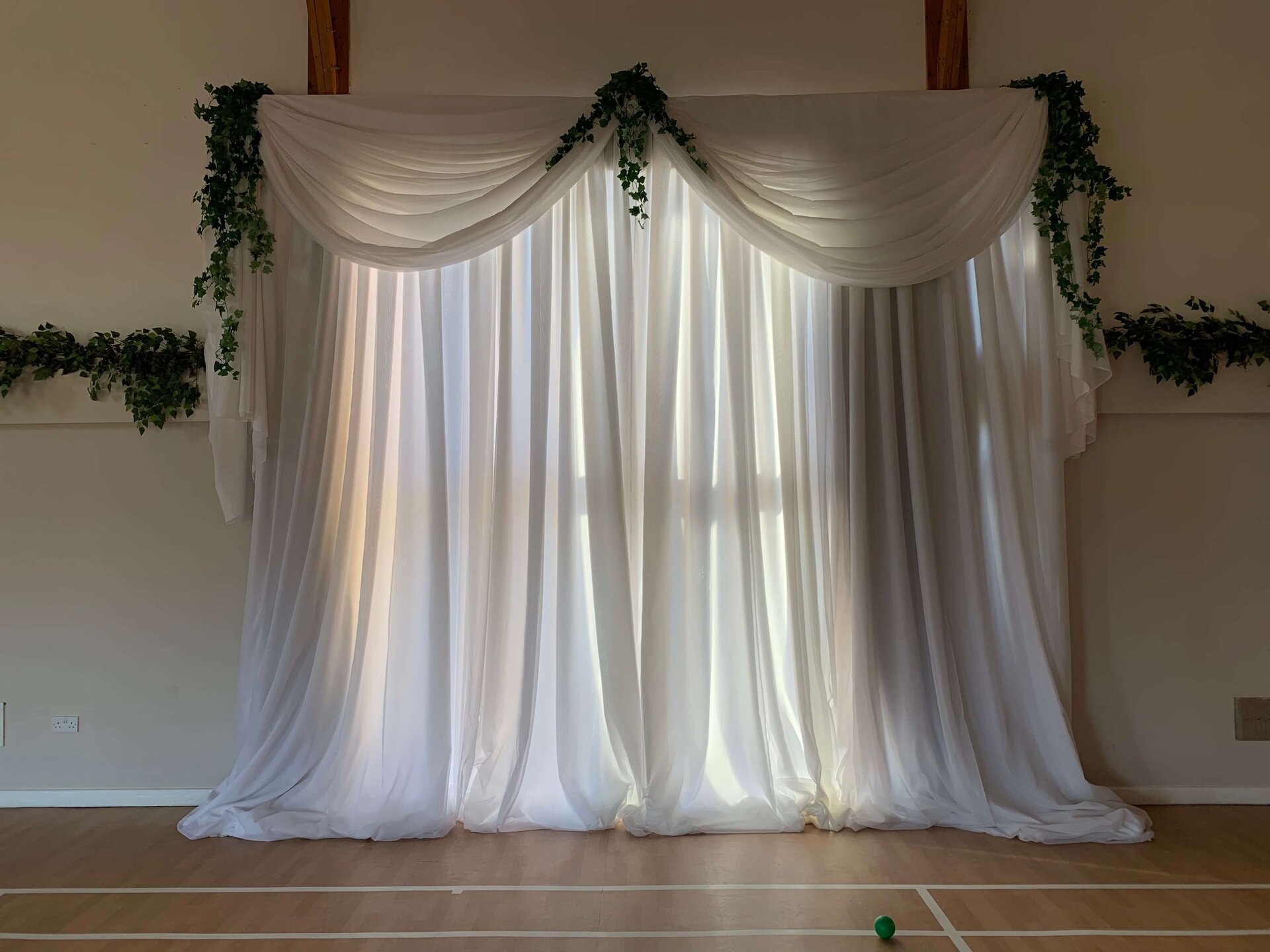
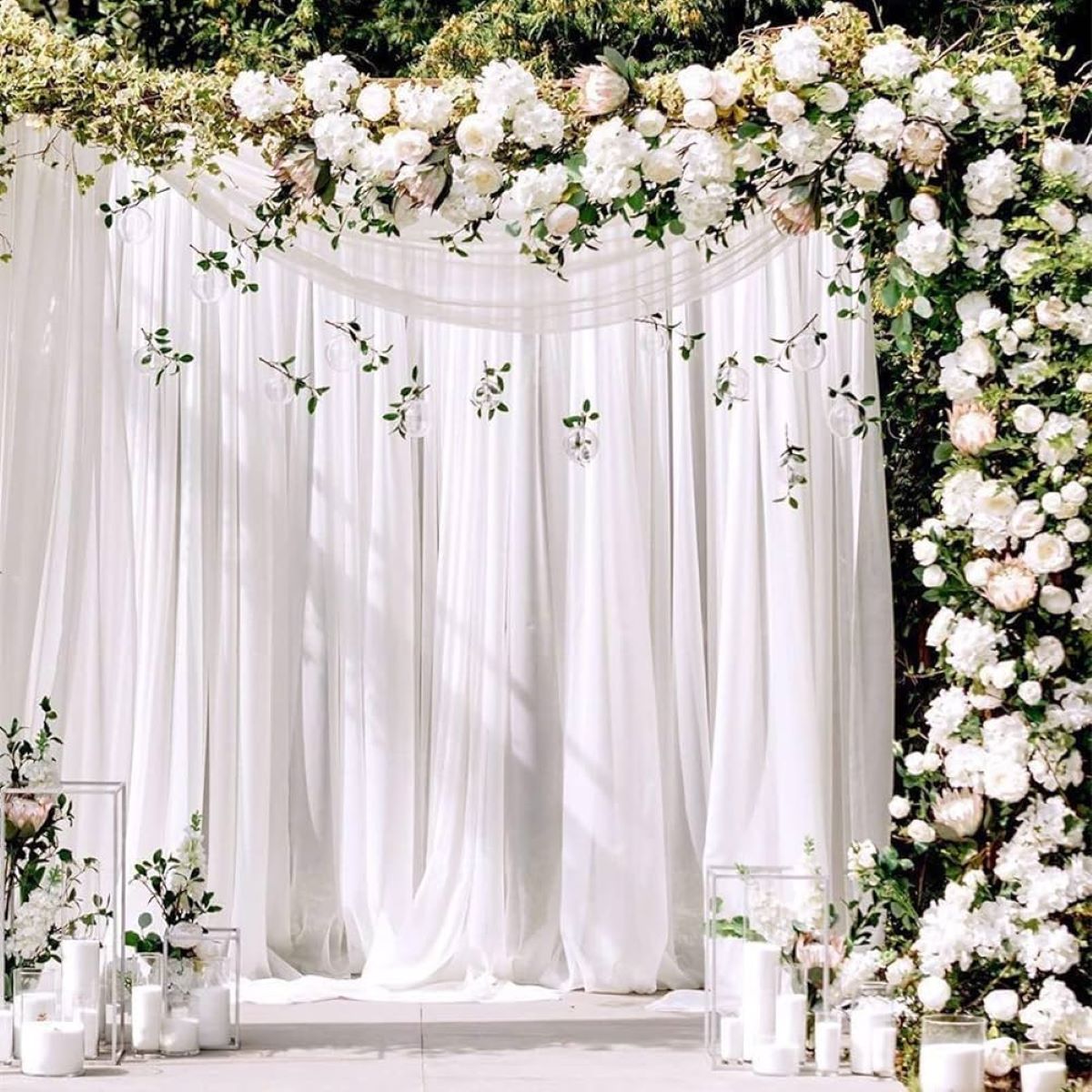
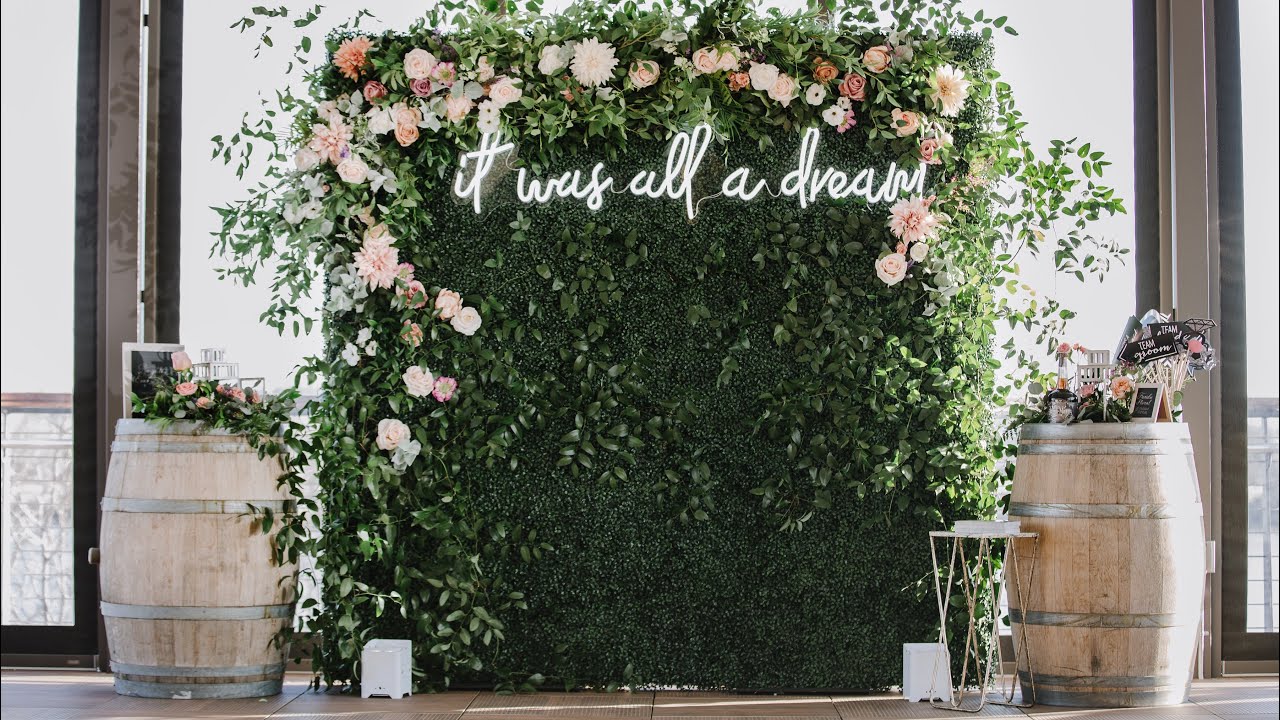
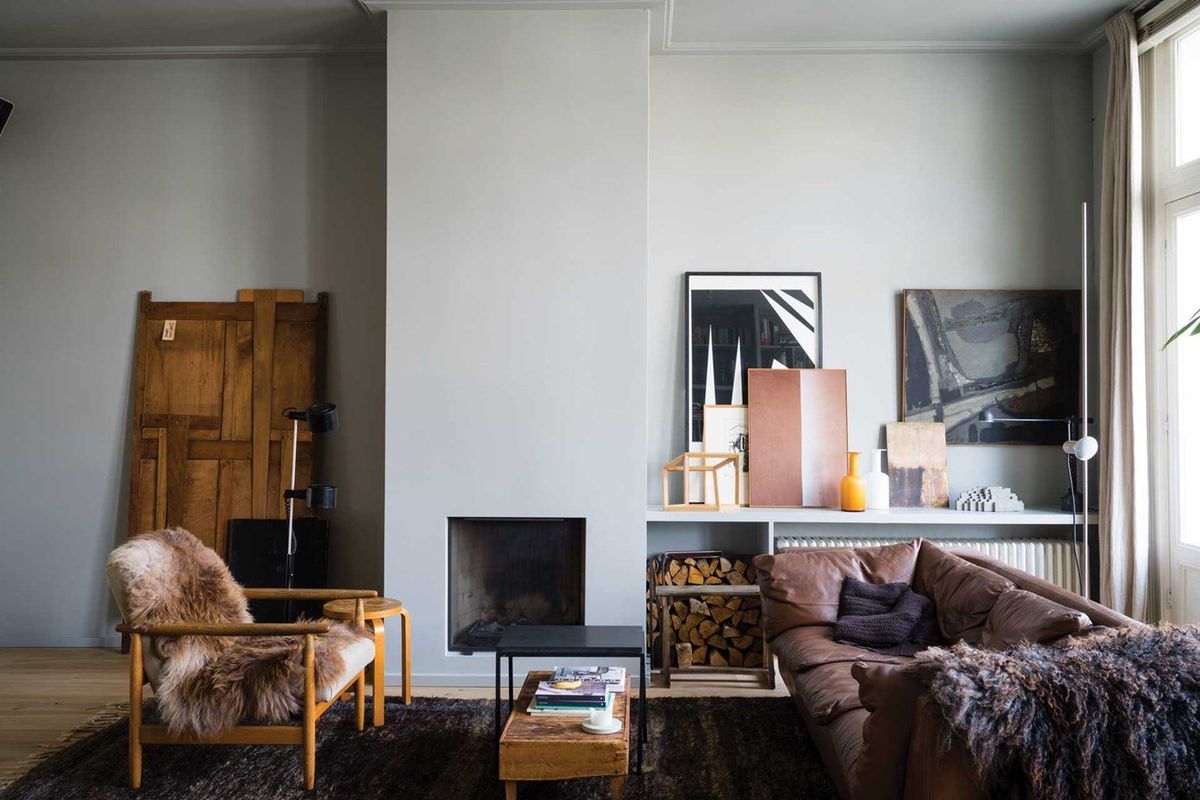




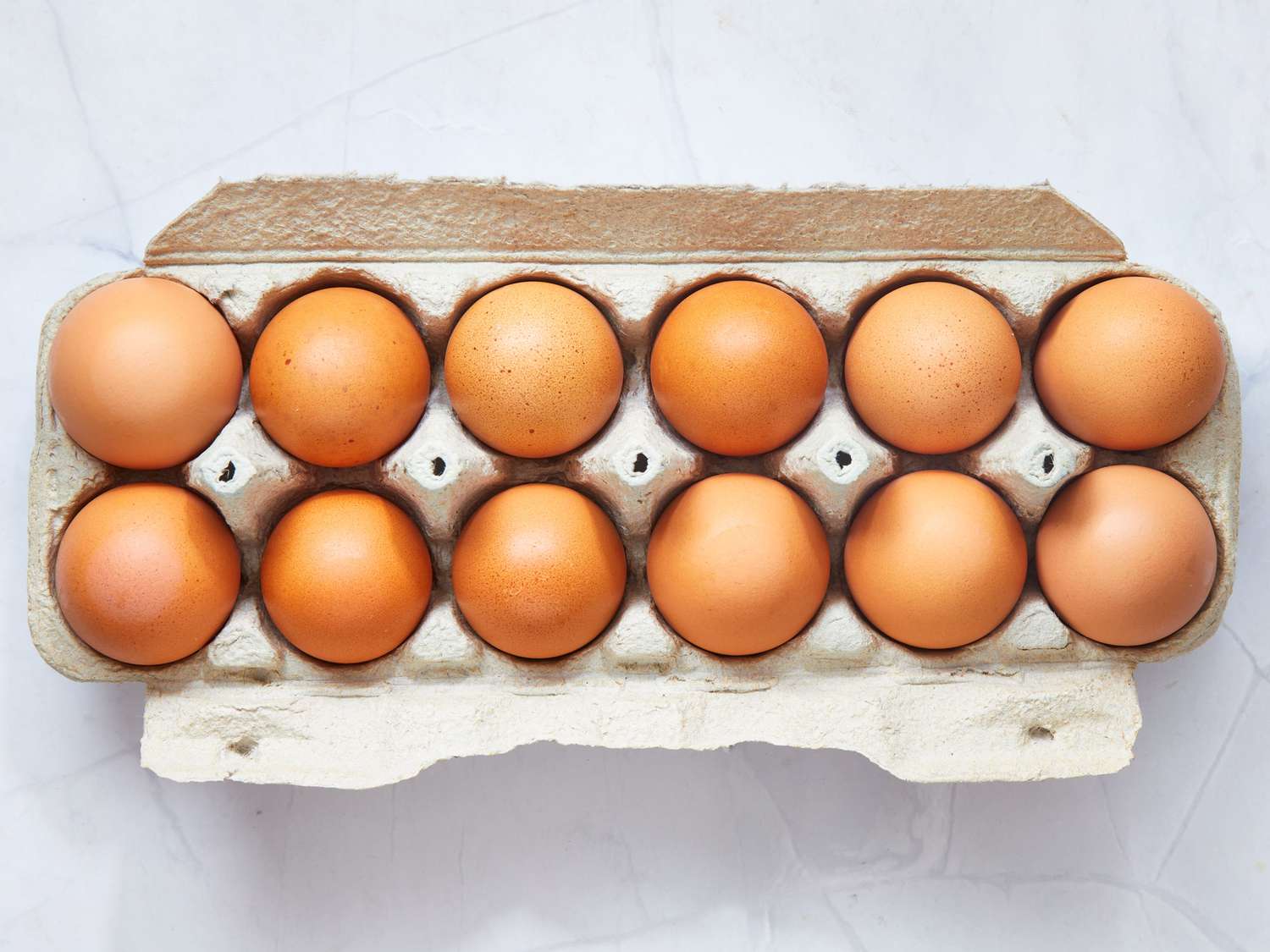

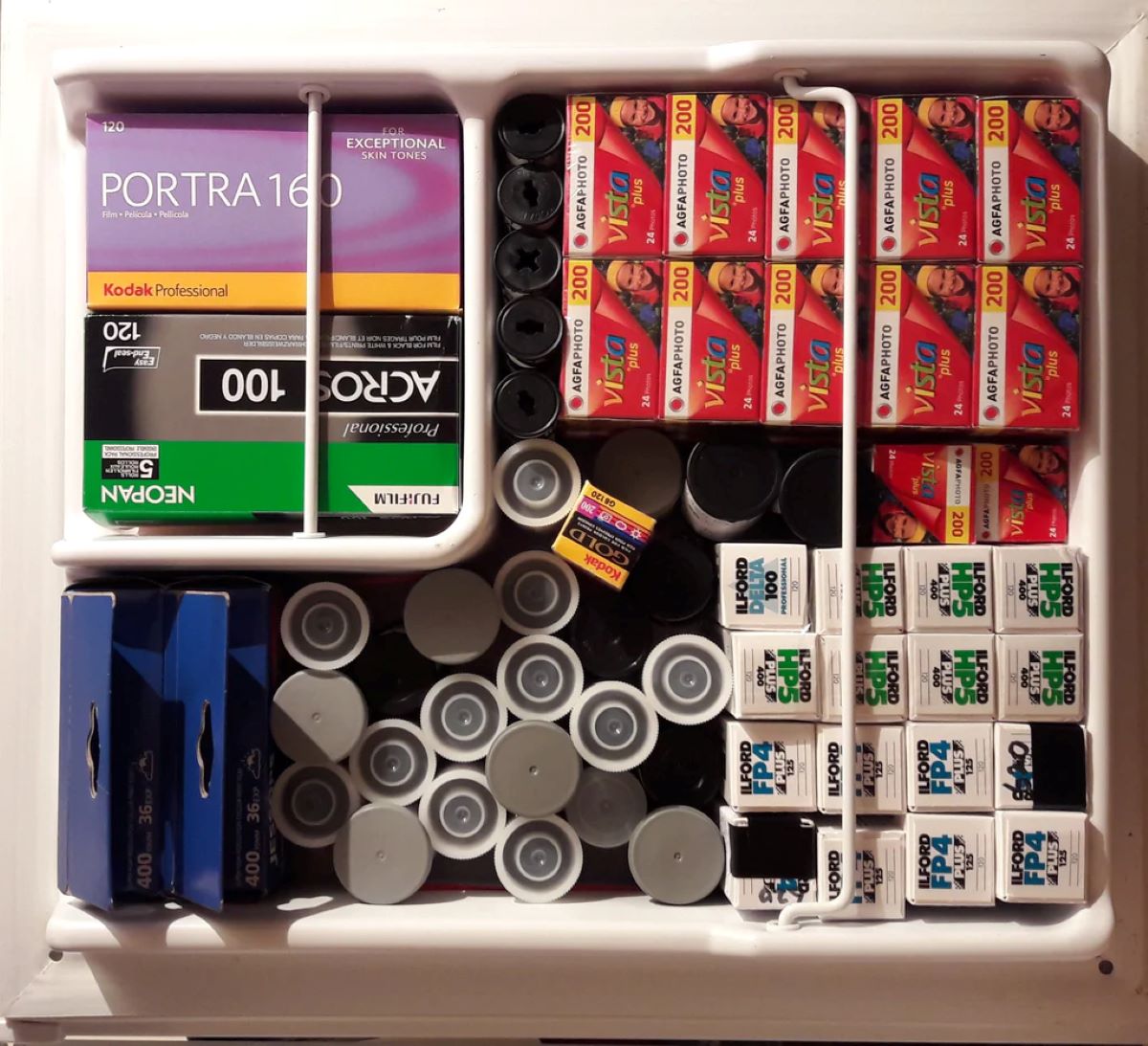

0 thoughts on “How To Store Backdrops”